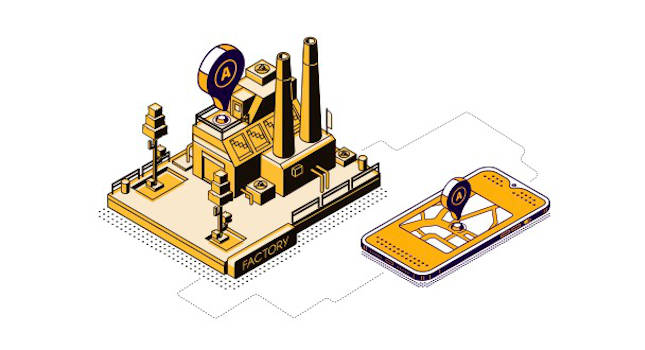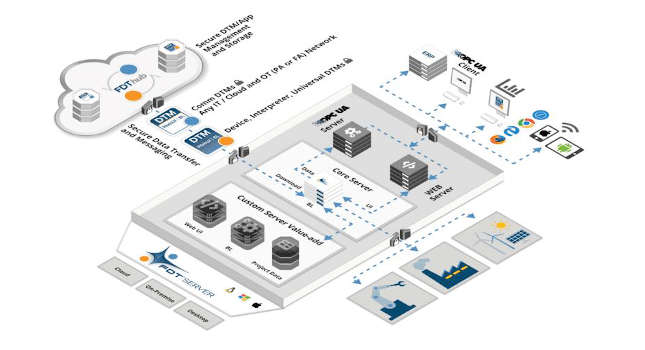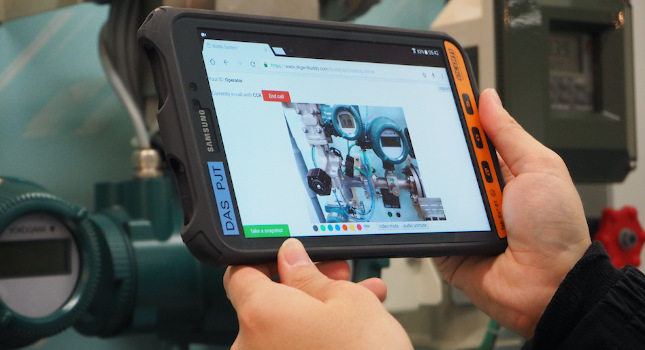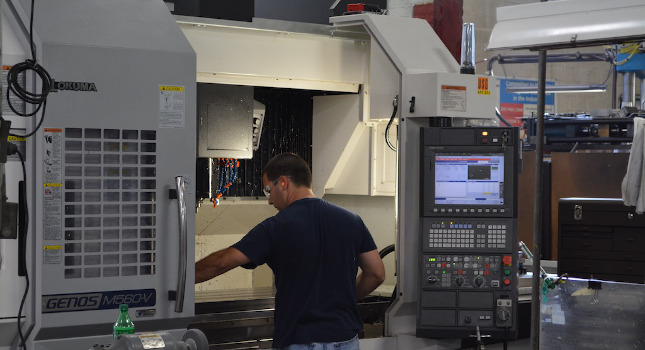There are some commonly asked questions relative to water quality within a plant. Jerome Kovach, of Kinetico, Inc., asks and answers them. He defines how water quality can be improved and outlines some of the benefits of such improvement. Benefits include reduced maintenance and improved equipment reliability and product quality.
HVAC
Key concepts
-
Water quality affects maintenance, reliability, and products
-
Frequency of testing depends on the quality of water being used
-
There is no one best water treatment technology.
-
When should water be tested?
How to find out what’s in the water
What should be tested for in the water?
What water treatment technology is best?
When should the water be treated?
How much does treatment cost?
Should treatment equipment be centralized?
What is the life expectancy of treatment equipment?
What are the critical considerations when selecting?
What are the newest innovations in water treatment equipment?Plant engineers are continuously faced with the challenge of maintaining the highest operational efficiencies for all their equipment. Throughout this process, the issue of water quality remains critical. Any process or equipment that requires water in order to operate, such as boilers, cooling towers, washing or rinsing operations, etc., is affected by the quality of the source water. Not only is water quality maintenance issue, but it also affects equipment reliability and, ultimately, product quality.
Water treatment costs should be considered an investment in protecting plant equipment. When properly specified, the cost of water treatment equipment should be more than offset by the savings realized from improved product quality, equipment reliability, and overall plant efficiency.
The key is to properly specify the required equipment. But how? In some instances, equipment manufacturers define water quality requirements. However, in many cases these performance specifications are unknown. Due to varying source water quality, the required pretreatment for identical equipment may change based on location.
The are several important questions to ask regarding water treatment for a facility.
1. When should the water be tested?
If there are any problem signs that may be related to water quality issues, have the water tested immediately. Problem signs are most often found in the operation of boilers and cooling towers and may take any of the following forms:
v Higher energy costs
v Frequent replacement of parts
v Significant down time
v Scale buildup on spray nozzles
v High maintenance costs
Even if no visible problems exist, regular sampling is recommended. The frequency of testing is influenced by the source of water being delivered. In regions where the source water quality does not vary, modifications at the municipal plant or in the distribution system may affect the quality being delivered. In these cases, testing once per year is recommended.
In regions where the source water is affected by seasonal changes, it is important to test water during each season to better understand and plan for variances. If the plant has its own well supply, annual testing at a minimum is recommended to detect any changes in the source.
2. How to find out what’s in the water
There are three sources for information regarding the water supply.
v If a municipality is supplying the water, call them for a current analysis.
v If a private well provides the water, call a local water treatment specialist to have the water tested.
v A third option is to contact a local testing laboratory to analyze the source water.
3. What should be tested for in the water?
The scope of this analysis will greatly depend on the uses for water at a facility. If water is used as a raw material for production, regulations or internal engineering provides the quality and testing requirements. If the water is used as work water for rinsing/washing, cooling, or heat transfer, the following list of parameters should be analyzed. They provide a broad characteristic for make-up water and help to determine the type of treatment required at a facility.
TDS (total dissolved solids)
TSS (total suspended solids)
Hardness
Chlorine
Alkalinity
Silica
Iron
Chlorides
pH
Bacteria
4. What water treatment technology is best?
There are no “best” technologies. Each is used to address a specific type of water contaminant. In many scenarios, multiple technologies are required to provide the best solutions. Common water treatment technologies include:
Filtration , for the reduction of suspended solids, removal of some bacteria and iron, and absorption of chlorine.
Softening , for the removal of hardness and dissolved iron.
Reverse Osmosis , for the reduction of TDS, chlorides, silica, and sub-micron suspended solids (Fig. 1).
Fig. 1. Small, 5 gpm reverse osmosis units can be used to treat boiler makeup water.
Deionization , for the reduction of TDS, silica, and chlorides.
Chemical Treatment , for the adjustment of pH, alkalinity, and destruction of bacteria.
Ozone , for the destruction of bacteria.
UV, for the destruction of bacteria.
5. When should the water be treated?
Water treatment depends on the application. Each use for water generates a minimum requirement. If the supply water does not meet process specifications, treatment is definitely required. Even if the water quality meets requirements, there may be cost saving opportunities based on additional treatment.
By improving water quality, the maintenance of various machines can be minimized. This cost reduction can be substantial and justify additional treatment.
6. How much does treatment cost?
Total cost depends on the quality of the source water and how much water improvement is desired. Capital costs of various systems vary.
Approximate capital cost per 100-gpm system:
Filtration
Softening
Chemical Treatment
UV
Ozone
Deionization
Reverse Osmosis
Operating costs are also a factor. These costs will typically rise proportionately to the inlet contaminant levels. Although the investment costs may initially seem high, they are more than offset by the reduced costs generated by savings associated with higher quality water.
Heat transfer and the operating efficiency of a boiler, for instance, can be improved by more than 20%. Reduced maintenance, downtime, and chemical savings also add to the bottom line. It is typical that water enhancement equipment yields a payback in 1[en]2 years, even where water quality is not considered poor.
7. Should treatment equipment be centralized?
If treated water is required for all operations, then a centralized system is recommended. For higher purity water there many be problems with a centralized system. Depending upon the type and length of distribution path, problems may occur in maintaining quality to the delivery points. However, if there are multiple applications, each requiring different treatment methods, these systems should be reviewed and sized individually
8. What is the life expectancy of water treatment equipment?
Although most water treatment systems are depreciated over 7 years, their replacement life is between 15[en]25 years. After 7 years, most major components require replacement, and the question of rebuild versus new equipment should be investigated. New equipment is recommended, provided enhancements to the technology can provide a solution that operates more efficiently and covers costs of old equipment removal, new equipment, and installation.
9. What are critical considerations when selecting water treatment equipment?
When investigating the purchase or rebuild of an existing water treatment system, three factors should be considered in the selection of equipment: price, product and service. Each of these factors is interrelated in determining the overall value being offered.
Price is always considered first in the purchasing decision; however, each component of price should be examined. This includes capital investment, operating and maintenance costs, and installation. Product quality should influence each of the price components. When considering costs over the period of depreciation, products with enhanced features typically save money by providing reduced maintenance, lower operating costs, and improved reliability.
The service factor of a vendor should also be investigated. Since most water treatment systems are integrated with an entire plant’s operation, quick service response, local spare parts, and treatment advice can be invaluable assets to the smooth and long term operation of a water treatment system.
10. What are the newest innovations in water treatment?
Fig. 2. 250 gpm water recycling systems are suitable for general process rinse water.
Recycling. Although the technologies have not changed, their application has progressed from strict source water treatment to integrated recycling systems, able to accept processed water, and recover and reuse it in the process (Fig. 2). Examples are found in condensate return loops for boilers, zero blow down cooling tower systems, and process waters recycled for cleaning and rinsing. In each of these applications, water treatment can renew a resource that in the past was sent down the drain. Recycling is reducing many facilities’ dependence on its water resource, and most importantly, reducing costs and adding to the bottom line.
-Edited by Joseph L. Foszcz, Senior Editor
630-320-7135, [email protected]
More info
The author is available to answer questions on water treatment. He can be reached at 216-564-9111
Additional resourcesAmiad Filtration Systems amiadusa.com
Aqua-Aerobic Systems, Inc aqua-aerobic.com
Ecodyne Water Treatment, Inc ecodyneusa.com
FDS, Subsidiary of Aqua Care Systems, Inc. aquacarefds.com
Filtration Group filtrationgroup.com
Great Lakes Filters greatlakesfilters.com
Hungerford & Terry, Inc hungerfordterry.com
Industrial Filter & Pump Manufacturing Co. industrialfilter.com
Infilco Degremont, Inc. infilcodegremont.com
Komline-Sanderson komline.com
Lang Filter Media Co. langfiltermedia.com
Serfilco, Ltd. serfilco.com



